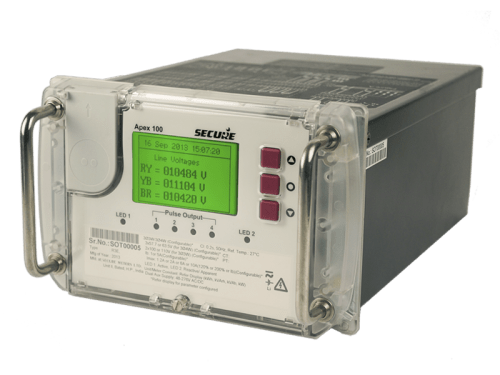📘 Introduction
Voltage drop is a critical issue in electrical distribution systems. It refers to the reduction in voltage as electric current flows through conductors, mainly due to resistance and reactance. While a small voltage drop is acceptable, an excessive drop can lead to equipment malfunction, energy loss, and customer complaints.
This article explores the causes, calculation methods, and effective correction techniques for voltage drop in distribution lines.
🔍 What is Voltage Drop?
Voltage drop is the difference between the sending voltage and the receiving voltage at the load end. It occurs because electrical conductors have inherent resistance (R) and inductive reactance (X), which consume a portion of the voltage as current flows through them.
⚠️ Why is Voltage Drop a Problem?
- Reduced efficiency of electrical equipment
- Dimming lights or malfunctioning devices
- Increased energy consumption
- Potential regulatory violations (e.g., ±6% tolerance limits)
- Overheating of conductors and reduced life span
🔎 Common Causes of Voltage Drop
| Cause | Description |
|---|---|
| Long cable lengths | More resistance over distance |
| Undersized conductors | Higher resistance per unit length |
| High load currents | Increases the total impedance of the system |
| Poor power factor | Increases total impedance of the system |
| Loose or corroded connections | Increase resistance and potential arcing |
| Multiple joints or splices | Introduce extra impedance and loss |
✅ Acceptable Voltage Drop Limits
| Application | Max % Voltage Drop |
|---|---|
| Low Voltage Supply (230/400 V) | ≤ 5% |
| Medium Voltage Lines (11 kV/33 kV) | ≤ 3% |
| Rural Distribution Feeders | ≤ 6% (as per utility norms) |
🛠️ How to Reduce Voltage Drop
| Method | Description |
|---|---|
| Increase conductor size | Lowers resistance (R) |
| Use capacitors | Improves power factor, reducing reactive losses |
| Reduce cable length | Use decentralized transformers where feasible |
| Reconfigure network | Switch to ring/main feeder for load sharing |
| Improve joint quality | Crimped or welded joints reduce connection losses |
| Balance load across phases | Avoids overload and neutral voltage rise |
🧰 Tools for Field Testing
- Digital Voltmeters or Power Quality Analyzers
- Load analyzers with data logging
- Clamp meters for load current
- Impedance calculators or software (ETAP, CYME)
📌 Conclusion
Voltage drop, though often underestimated, has a significant impact on system performance and energy efficiency. Regular monitoring, correct cable sizing, and power factor correction can help keep the voltage drop within permissible limits, ensuring better power quality and customer satisfaction.


